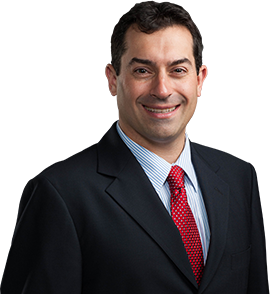What Is the P.O.L.I.C.E. Principle?
The P.O.L.I.C.E. principle may be the new way to ice and otherwise treat a musculoskeletal injury, such as a sprain or strain. The acronym stands for the five steps involved: protection, optimal loading, ice, compression, and elevation. One thing it's missing? Rest, a component of the long-used R.I.C.E. method (rest, ice, compression, and elevation). Some healthcare practitioners now consider P.O.L.I.C.E. an advanced and favored approach.
Source: Verywell Health








